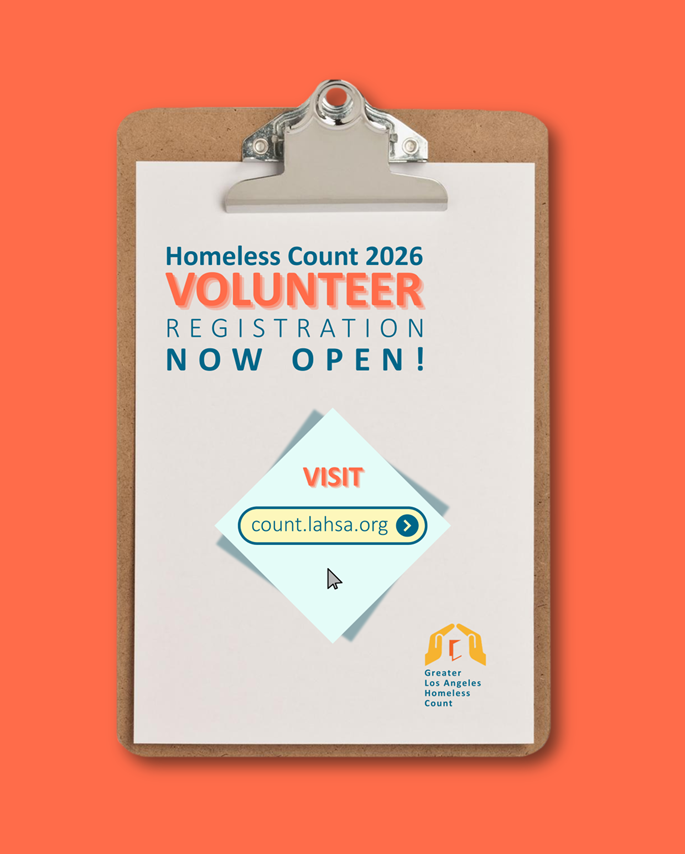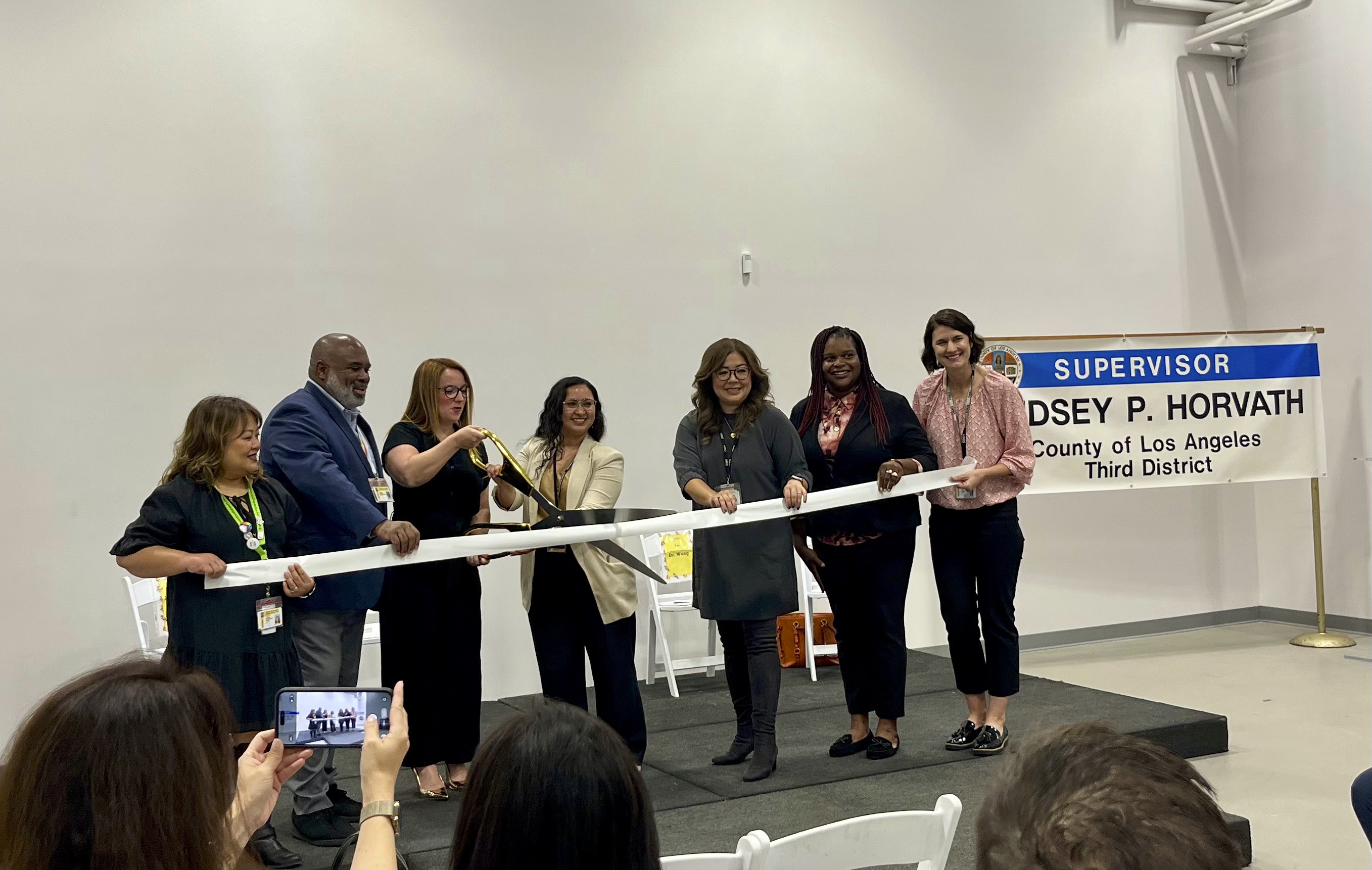The Long 'ARC' of Recovery: Why Trauma-Informed Care is So Critical for Our Most Vulnerable Youth
Experiencing homelessness at any age presents a variety of challenges, including lack of access to proper physical and mental health care, poor nutrition and personal hygiene, and daily threats to your personal belongings and safety. For Transitional Age Youth between the ages of 18-24 (commonly abbreviated as “TAY”), the challenges of living an unsheltered and/or unhoused existence are exponentially greater. One reason is that young people simply have less life experience to help them navigate what is already a stressful life experience for people of any age.
But the more important factor making homelessness so challenging for the TAY population – and for those trying to help them – is that a young unhoused person has almost always experienced at least one form of childhood trauma, ie., “a deeply distressing or disturbing experience”, on their fraught path to living on the streets.
.jpg)
The issue of childhood trauma, and its impact on our young unhoused neighbors, has always been a deeply personal and critical one for Hollywood 4WRD. According to the 2023 Homeless Youth Count, there were 756 youth experiencing homelessness in Service Planning Area 4 (SPA 4 is the area encompassing Hollywood) during the Point in Time count.
We’re fortunate to support many wonderful youth providers offering services for the TAY population in Hollywood. We’ve heard them share heartbreaking stories about the devastating disruption caused by childhood trauma* in the clients they serve. Their stories are closely mirrored in the list provided by the Center for Disease Control and Prevention (CDC) of the kinds of Adverse Childhood Experiences (or ACEs) that correlate to poorer outcomes later in life, such as:
- Experiencing violence, abuse, or neglect
- Witnessing violence in the home or community
- Having a family member attempt or die by suicide
(* – The American Psychiatric Association (APA) reenforces the negative impact of trauma on TAY youth, pointing out that 75% of lifetime mental health diagnoses develop by age 24, while “engagement with mental health services is disproportionately low” for this population.)
TAY individuals living on the streets are already a particularly vulnerable population facing multiple challenges. When you add chronic and/or complex trauma to this mix, it becomes evident how necessary it is to employ trauma-informed care – and in particular the ARC modality of treatment described below – to effectively treat the impacted youth, and to help them chart a course to recovery, healing, and a stable and fulfilling life.
In its Fast Fact sheet on ACEs, the CDC recommends prevention as the best solution to reducing the long-term negative impact of trauma. But what about the TAY youth living on the streets, for whom ACE-prevention is no longer possible, and who are already experiencing the severe consequences of homelessness, such as violence, sexual exploitation, health problems, and greater challenges completing their education and finding employment?

To paraphrase the Chinese proverb, how do we help this vulnerable population who didn’t have the opportunity to grow up under a tree planted 20 years ago? How do we help them plant their trees now and mitigate the potentially devastating future impact of the trauma they have already suffered? For the leaders of the Hollywood Homeless Youth Partnership (HHYP**), the answer is simple (if not necessarily easy to implement): trauma-informed care that takes into account the ACEs most homeless youth have experienced.

(** – HHYP is a partnership of youth-serving agencies working to prevent and reduce homelessness in youth and young adults. Participating providers include: Aviva Family and Children’s Services, Children’s Hospital Los Angeles, Covenant House California, Daniel’s Place, My Friend’s Place, Los Angeles LGBT Center, Step Up, Youth Emerging Stronger)
At a recent HHYP-conducted training in Hollywood, trainers Erin Casey (Program Director for My Friend’s Place) and Mia Pierson (Director of Clinical Services, Youth Emerging Stronger) laid out the goals of taking a trauma-informed approach when working with the TAY population:
- Recognize the prevalence of trauma among young people
- Recognize that many behaviors and symptoms are the result of traumatic experiences
- Shift the question from “what’s wrong with you” to “what’s happened to you?”
- Recognize that being treated with respect and kindness – and being empowered with choices – are key in helping young people recover from traumatic experiences
Using a trauma-informed approach, someone working with a TAY homeless youth can re-establish the sense of self and ability to trust that are so often casualties of what Erin described as the “deep spirit wound” of a traumatic upbringing. One of the most effective ways of treating this deep wound can be found in the ARC model of treatment.
The ARC model focuses on skill development in three areas that are especially vulnerable in those exposed to complex trauma:
- Attachment: the capacity to form and maintain a healthy emotional bond with another person or persons
- Self-Regulation: refers to developing and maintaining the ability to notice and control feelings such as frustration, anger and fear
- Competencies: mastering the developmental tasks of adolescence and developing the ability to plan and organize for the future
The “A” in ARC treats the many ways the ability to attach has been disrupted by complex trauma. As the training made clear, attachment disorders in homeless TAY youth can take many forms, including anxious attachment, dismissive avoidant attachment, and fearful avoidant attachment. By strengthening the caregiving system and enhancing supports, skills and relational resources, ARC treatment rebuilds a young person’s ability to trust others and themselves. It also helps the TAY caregiver develop the skill of “Attunement”, which allows them to accurately and empathically understand and respond to a young person’s actions, communications, needs, and feelings.
ARC’s “R” deals with the dysregulation (what Mia referred to as the “experience of stress outside of one’s window of tolerance”) that often accompanies a traumatic upbringing. As Mia explained, the Self-Regulation techniques contained in the ARC model treat the faulty alarm system that can develop in a trauma-impacted youth leading to emotional explosion or shut down and which can prompt distress connected to the original trauma. Mia offered a number of methods TAY providers can co-regulate with their clients and help them develop the ability to self-regulate, ie., to notice and control feelings such as frustration, anger and fear.
Several co-regulation methods include:
- Remaining regulated in emotional situations
- Engaging in rhythmic, repetitive motions such as breathing together, walking, or tossing a ball back and forth
- Creating a safe, soothing environment – soft lighting, a quiet, calm space

Last and perhaps most critical for long-term healing, the “C” in ARC helps young people develop the executive functioning required to achieve competency, or as Erin put it, “the ability to show up peacefully and productively in the world.” Executive functioning refers to the cognitive skills needed for self-control and managing behaviors. When operating in a healthy system, these functions allow people to do things like follow directions, focus, control emotions, and attain goals. When they CANNOT do these things, when they are impaired due to the impact of trauma, their sense of self is severely damaged, leading to poor behaviors in an attempt to compensate for low self-esteem.
Applying competencies in their work with youth, TAY caregivers will “meet the young person where they’re at” and help them rebuild their self-esteem by increasing their opportunities for choice and empowerment, and developing new narratives around their key life experiences, including their traumatic exposures.
The very good news is this: the youth providers who are part of the HHYP have been applying the ARC model for years and seeing positive results with their clients. Among the many skills their clients have developed are:
- Affect knowledge skills: the ability to accurately identify one's own feelings, to connect these feelings to experience and to read the emotional cues of others;
- Affect expression skills: the capacity to safely express and communicate emotional experience; and
- Affect modulation skills: the ability to recognize and adjust to shifts in emotional experience and to return to a comfortable state of arousal.
With these new skills or competencies in their toolbelt, many of their clients have been able to recover their sense of self worth, and experience more meaningful, purposeful lives. Thanks to caregivers well versed in trauma-informed treatment, even more TAY youth will have the opportunity to start planting their trees today.
--------------------------------------------------------
Additional resources on this topic:
- Data from 2023 Homeless Youth Count from Service Planning Area (SPA) 4, the area that encompasses Hollywood.
- Statement on 2022 Youth Count from HHYP and the Los Angeles Coalition to End Youth Homelessness (LACEYH)
- Infographic on Youth Experiencing Homelessness served by the HHYP
- APA Position Statement on Transitional Aged Youth



.svg)




